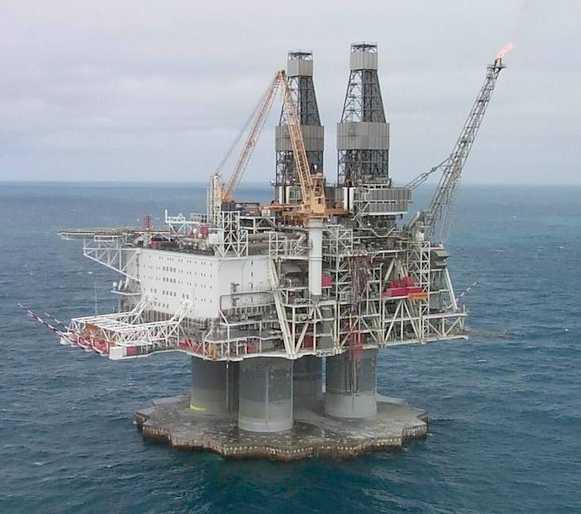We are investigating deepwater GOM pipelay methods for a research project. project research. What methods are most commonly used in deepwater?
There are three common installation methods – S-Lay, J-Lay and Reel-Lay.
The S-Lay method is named for the way the pipe curves downward as it comes off the lay barge through the water until it reaches the touchdown point. After touchdown is when the S shaped curve is evident. As more pipe is played out, it assumes the "S" shape. What sets this method apart from the other is the stinger that is used to support the pipe as it leaves the barge and the tensioner to avoid pipe buckling.

S-Lay Illustration. Image credit: Allseas
The J-lay method is also named for the shape of the pipe curve after touchdown. J-Lay barges have a tall tower on the stern to drop the pipe down almost vertically. It is a simpler method than the S-Lay and is easier to use in deepwater. The video below demonstrates this method.
The Reel-Lay method drops the pipeline from a reel mounted on the vessel. The pre-assembled pipelines come off a spool, which is mounted on the pipelay barge deck. The configuration of the spool dictates which method above is used to lay the pipe. Horizontal reels lay pipe in S-Lay configuration and vertical reels lay pipe in J-Lay, but do S-Lay occasionally.
 Reel-lay diagram
Reel-lay diagram
Deepwater pipelines are more challenging than shelf pipelines, not only because of the seafloor depth, but they also need to withstand high hydrostatic pressure, cold water temperatures, physical stress during installation from loop currents or eddies, high flow rates, and rugged seafloor topography.
Buoyancy is also a challenge. Pipelay engineers often fill the pipe with air so it weighs less, which puts less stress on the pipelay vessel. However, when the pipe is in place, the engineers need weight to keep it in place. Often deepwater pipelines have a thick wall for insulation against hydrostatic pressure, which weighs enough to keep it in place.




Sir
ReplyDeleteIt is a great blog with lots of information, I want to know something about Prodigy Oil and Gas company can you write some thing about it because i am really in need of it , i am going to invest on their company and i want to be sure how they are going and and if they have any problem. please write me something or write a article about this company and its CEO Mr,Shawn Bartholomae.
Thank you